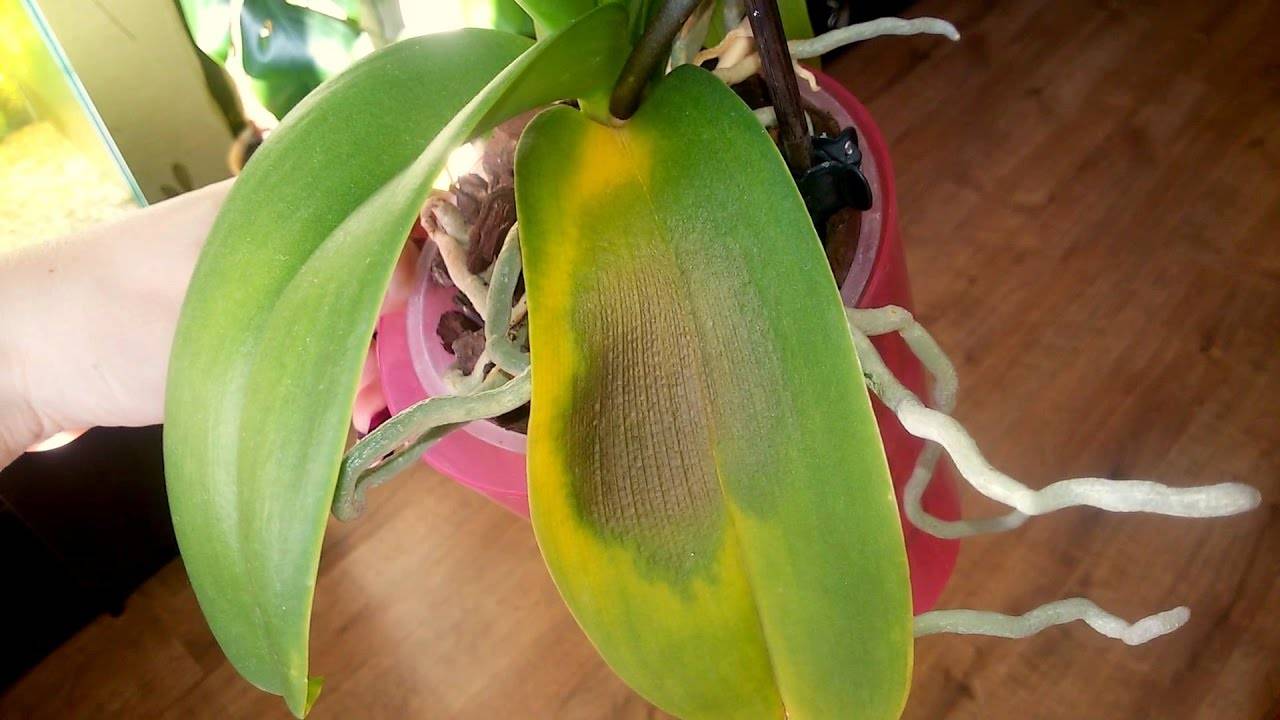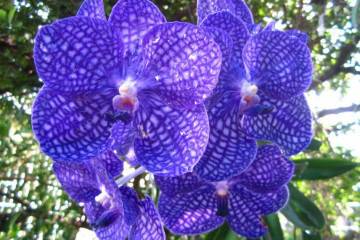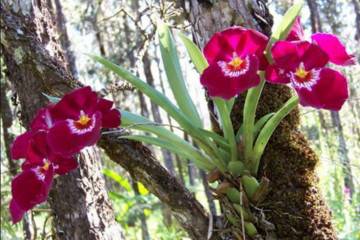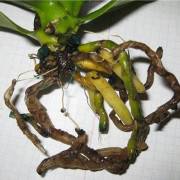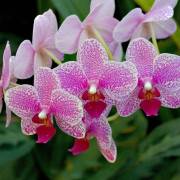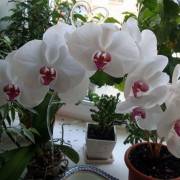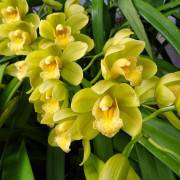Orchid - home care after flowering
Content:
Orchid is a monocotyledonous plant widespread in tropical and temperate latitudes. The flower has an attractive appearance, for which it is especially loved in greenhouses. The orchid is often used as an ornamental plant and is grown at home. Caring for a blooming orchid is much easier than during the rest of the plant. Therefore, many flower owners ask the same question: "How to care for an orchid after flowering?"
Orchid flowering period
A healthy adult plant blooms 2-3 times a year, regardless of the season. The flowering period varies from a few weeks to a couple of months. It directly depends on the temperature regime, the frequency of watering, lighting, the level of humidity and the age of the plant.
Orchid: home care after flowering
Within a couple of months after wilting, the orchid will bloom again. At this point, you need to seriously prepare and carry out a number of necessary measures. This will speed up reproduction, as well as protect the plant from the occurrence of serious diseases that appear on the leaves and roots.
Do I need to prune after flowering
Caring for an orchid after flowering at home is not so easy. It is not enough for the owner of a flower to know that it is just an orchid. He must know exactly the full name of his ornamental plant. This is important, since, for example, after drying of the phalaenopsis flowers, the peduncle is not completely removed or not cut off at all.
If the peduncle was not cut, then depending on the situation, you should use one of the following tips:
- completely dried and darkened peduncle is removed;
- incomplete drying of the stem will prolong the waiting period for flowering. The plant will bloom thanks to a live arrow, it is she who will deliver the necessary nutrition;
- the stem with buds and green tips cannot be cut off. Most likely, new buds will be tied.
If in doubt, you should use the simplest and safest pruning method: remove the branches in the second half of autumn.
Place for a plant after flowering
Rearranging the orchid pot after flowering is not recommended. The flower does not like frequent changes of scenery and begins to hurt. But if the leaves of the orchid suddenly turned yellow and began to bend, then the seasonal time has come to rearrange the plant.
Watering mode
Indoor plants do not need frequent watering, since moisture from the soil evaporates rather slowly compared to natural conditions. Therefore, the orchid should be watered only as the soil dries out. The water should be at room temperature. Water the plant at the root so that water is not poured into the axils of the leaves and does not cause them to rot.
Top dressing
Every florist knows that orchids spend a lot of strength and energy during the flowering period. As soon as the plant has bloomed, within a week it must be fed with a nitrogen-containing and phosphorus mixture. The repeated procedure is carried out no earlier than half a month later.
You can also feed the plant by foliar method. To do this, the nutrient mixture is diluted in half with warm water and sprayed on the plant. The best time for foliar feeding is autumn.
When and how to replant
How to care for an orchid after flowering, so that it again pleases with a large number of buds? To do this, it needs to be transplanted. It is advisable to transplant an orchid into a new substrate annually. Spring is the most suitable time of the year for this.
For transplanting a flower, you should choose a transparent pot slightly larger than the previous one in width. This is necessary so that the roots fit freely into the new container, but at the same time they do not grow much. There should be holes at the bottom of the pot to drain excess moisture.
Transplanting an orchid begins by removing it from an old pot. To do this, the container is slightly tilted and the plant is gently pulled out. Then the roots of the flower should be freed from old soil and peat lumps.
Dried roots and areas with signs of decay must be cut off with disinfected scissors. The rest of the rhizome is immersed in a previously prepared solution for 15 minutes: 1 tablet of succinic acid is dissolved in 1 liter of filtered water. After that, the plant is completely ready for transplanting into a new substrate.
The main mistakes of care during the rest period
The house is a great place to grow orchids. But do not forget about the natural conditions for plant growth and reproduction. After all, it is because of this that the following main mistakes are made in caring for a flower:
- excess watering. If you overmoisten the soil during the dormant period, the plant will not only not bloom, but will also begin to rot intensively. Winter is the very time of the year when you need to water much less often than usual;
- the water for irrigation is cold. This is another mistake that inexperienced growers make. The water must be filtered and defended for several hours so that it becomes room temperature;
- moving a flower. During the dormant period, it is especially important not to rearrange the orchid from place to place. From such a plant may even die;
- a lot of sun. Summer is the time of the year when the sun's ultraviolet rays have a strong impact on the environment. During this period, the plant should be shaded from bright rays to avoid burning out the leaves.
Taking care of an orchid at home is not as difficult as it might seem at first glance, if you know all the rules of maintenance. You need to strictly follow them, and then the tropical plant will bestow a hat of lush flowers.



